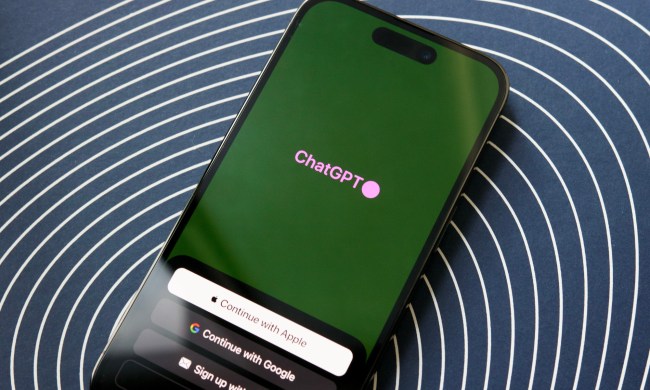OpenAI continued to accelerate its hardware and embodied AI ambitions on Tuesday, with the announcement that Caitlin Kalinowski, the now-former head of hardware at Oculus VR, will lead its robotics and consumer hardware team.
“OpenAI and ChatGPT have already changed the world, improving how people get and interact with information and delivering meaningful benefits around the globe,” Kalinowski wrote on a LinkedIn announcement. “AI is the most exciting engineering frontier in tech right now, and I could not be more excited to be part of this team.”
Lest you think OpenAI’s interests in AI hardware will emulate the failure of devices like the Humane Pin or Rabbit R1, Kalinowski clarified that this new position will be in the field of robotics, not necessarily developing AI gadgets.
I’m delighted to share that I’m joining @OpenAI to lead robotics and consumer hardware!
In my new role, I will initially focus on OpenAI’s robotics work and partnerships to help bring AI into the physical world and unlock its benefits for humanity. pic.twitter.com/rRDliUmO6y
— Caitlin Kalinowski 🇺🇸 (@kalinowski007) November 4, 2024
“In my new role, I will initially focus on OpenAI’s robotics work and partnerships to help bring AI into the physical world and unlock its benefits for humanity,” Kalinowski added in post on X (formerly Twitter).
The idea of “consumer hardware” powered by OpenAI’s large language model is certainly of interest. Kalinowski was previously the head of AR Glasses at Meta, including the recently unveiled landmark prototype, Orion, the first fully holographic AR glasses.
OpenAI is also reportedly partnering with legendary product designer and former Apple Chief Design Officer Jony Ive on an unknown upcoming AI hardware project.
Details remain exceedingly thin a year after the partnership was first reported, beyond that it could revolve around “how generative AI made it possible to create a new computing device because the technology could do more for users than traditional software,” per a New York Times report. Ive is supposedly working with a minuscule 10-member team, though he counts Tang Tan and Evans Hankey, both of whom worked with him in developing the iPhone, as co-workers. Ive himself is reportedly leading the hardware’s design effort.
It’s no secret that OpenAI has ambitions that extend beyond chatbot software and large language models. The company made headlines earlier in the summer when OpenAI CEO Sam Altman announced an overly ambitious $7 trillion plan to build out a series of foundries to produce OpenAI’s forthcoming AI chips. That idea was dismissed out of hand by TSMC, which referred to Altman as an unserious “Podcasting Bro” for even floating the idea.
OpenAI, in late October, subsequently revealed that it will be partnering with Broadcom to build its house-designed chips while adding both AMD and Nvidia hardware as the company works to rapidly expand its compute infrastructure.



